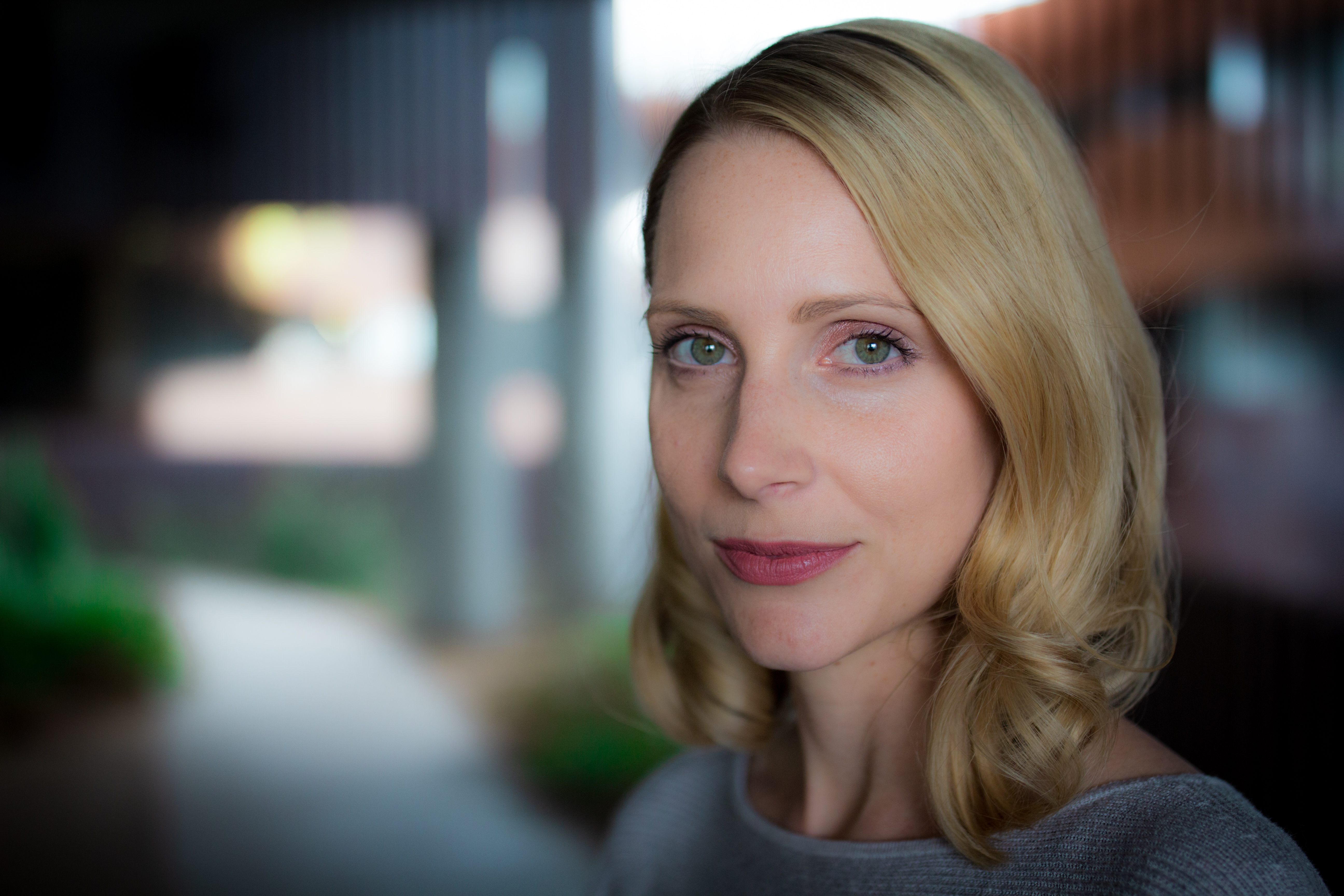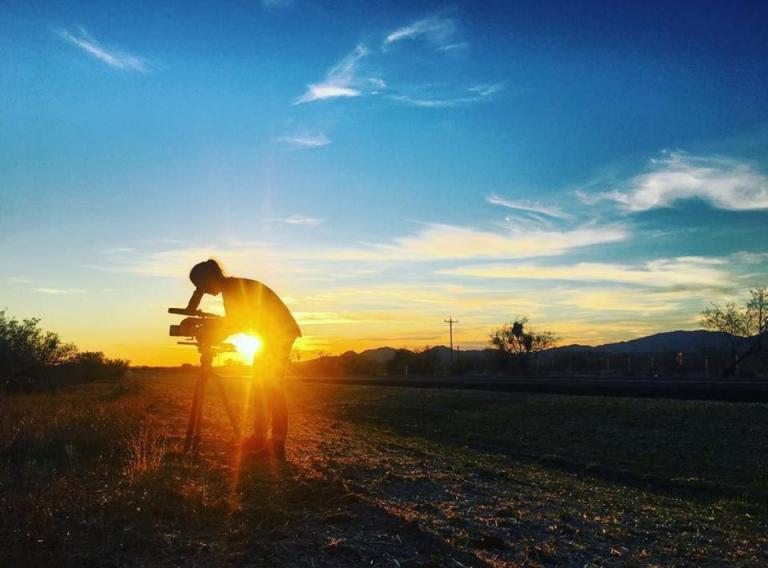CALES Videographer Wins Two Regional Edward R. Murrow Awards
Q&A With Sandra Westdahl
Sandra Westdahl_0.jpg

Sandra Westdahl, a videographer and producer for CALES Communications and Cyber Technologies, recently won two 2019 Regional Edward R. Murrow Awards from the Radio Television Digital New Association for stories she produced for Arizona Public Media before joining the CALES team.
Westdahl was recognized for best feature reporting for "Where Dreams Die," honoring the lives of migrants who have died in the Sonoran Desert, and excellence in video for "The Survivor," breaking the silence on sexual abuse. Westdahl, who joined the CALES family in November 2018, answered a few questions about her approach to telling meaningful stories.
You recently won two awards for video storytelling. How do you find important stories and share them in a way that connects with viewers?
With everything going on in the world today it's not hard to find an important story to tell. It helps to be curious, and pay attention to the news and the community you live in. Many times the most important stories are the ones that cross your path every day. Everyone has a story to tell. It's important to focus on the things we have in common as humans to successfully tell a story that resonates with a larger audience.
How is your experience at Arizona Public Media influencing your approach to storytelling as part of CALES?
It definitely instilled a set of important journalistic core values in my approach to storytelling, all of which I will bring to CALES as well. It's not only important to be fair and balanced, but it's also paramount to respectfully nurture the relationships you build with the people who are sharing their stories with you. As a filmmaker, I have the privilege of entering the lives of many different people and diverse communities. It's a big responsibility and it takes trust to be able to share an insight into how others live and fight for their lives. This is also how stories become real and it allows the viewers the opportunity to understand other people's struggles and joys. I hope my approach to storytelling helps bring the people at CALES and the outside world closer together and closer to science.
What is the one thing that you want people who view your videos to remember?
What the world needs today is for people to be able to empathize with one another. I want the viewers to remember that at the end of the day, we are not that different from each other. For me success is making stories that bring strength, knowledge, healing, courage, and hope. I'm a big believer that stories have the power to change people's lives and our communities.
What advice do you have for faculty, staff, and colleagues who have a story they think is important to share, whether it’s a research discovery or a personal accomplishment?
First, do some research and get information about the target audience you are sharing your story with. This will help shape the way you tell the story in a successful way. Overall, my best advice is to use as little jargon as possible and always try to connect with the audience on a human level. With success comes a lot of failure and that's something most people can relate to.


